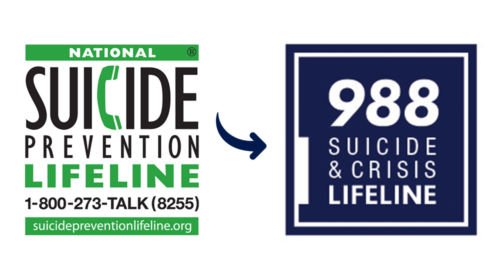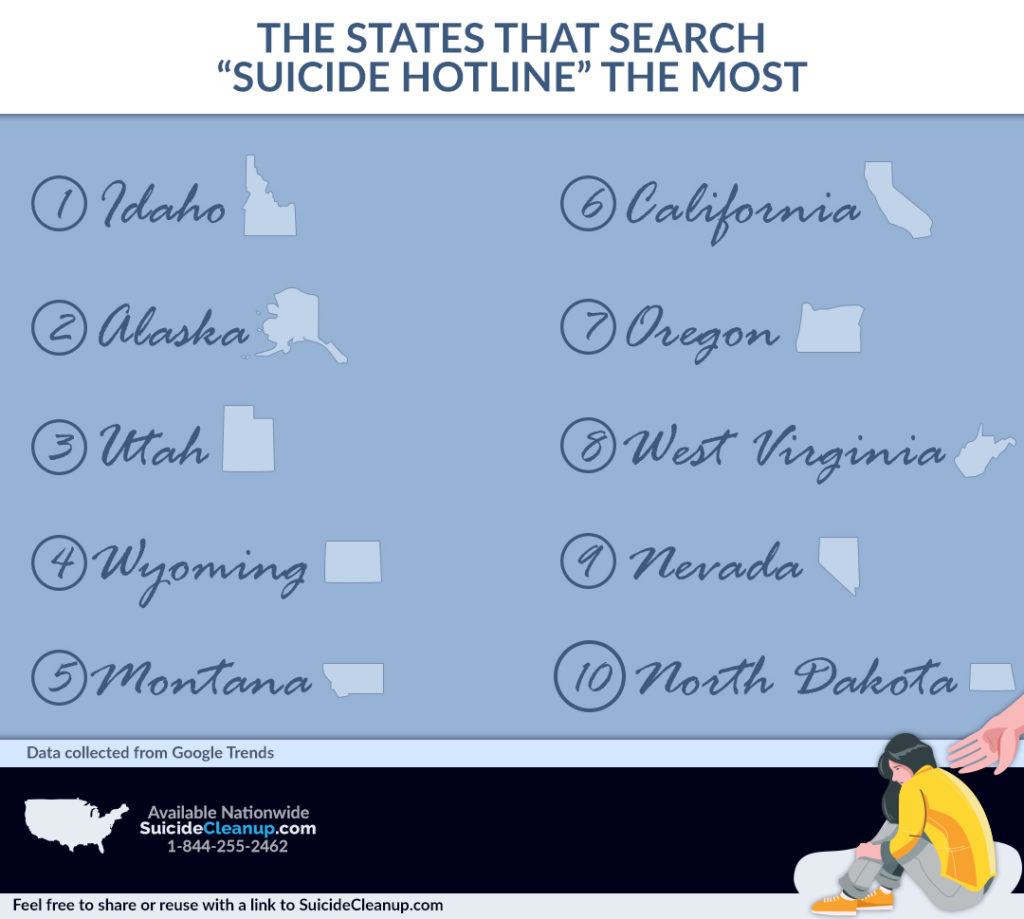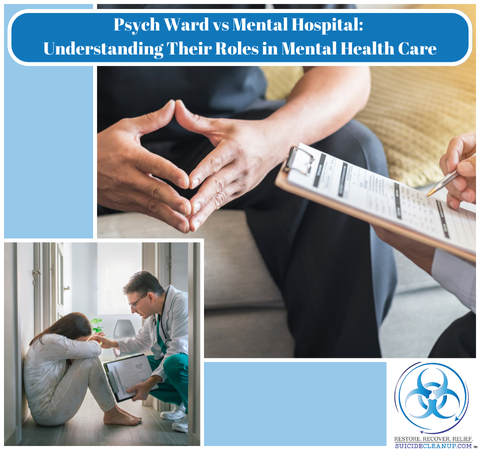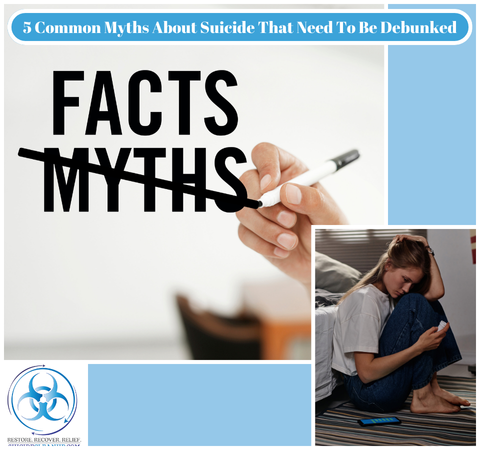
Inside the Heaven’s Gate Mansion: Who Were the Victims?
May 31, 2022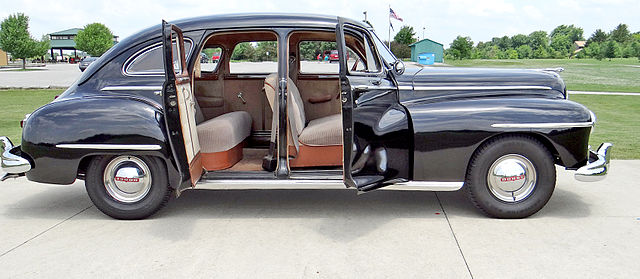
How Suicide Doors Got Their Name
July 29, 2022Are suicide hotlines helpful? Despite efforts to understand and reduce the underlying factors involved, suicidal death continues to increase in America as of 2022.
The National Suicide Prevention Lifeline (“Lifeline”, 1-800-273-TALK or 988) was established in 2005 to provide 24/7 confidential emotional support as a part of the efforts to increase prevention and awareness. As of 2022, Lifeline has fielded over 20,478,698 calls. It has achieved its mission through:
- Aggressive online and offline marketing campaigns.
- Staffing hundreds of trained counselors and volunteers.
- Operating 200 local and state funded crisis centers nationwide.
In 2020, Lifeline became officially backed by the United States Government when Congress passed a bill to designate 988 to the crisis hotline. The designation became active on July 16, 2022. However, because of certain factors, it is questionable if the new designation will have an effective impact on certain counties, especially in the top states that have used Google to find the hotline.
Top 10 States With the Highest Search Interest For “Suicide Hotline”
The areas with the highest search volume were:
Indeed, America has seen higher than usual rates in these areas in recent years. Idaho, Alaska, Utah, Wyoming, Montana, West Virginia, and North Dakota have especially seen increases.
Which states have the highest suicide rates?
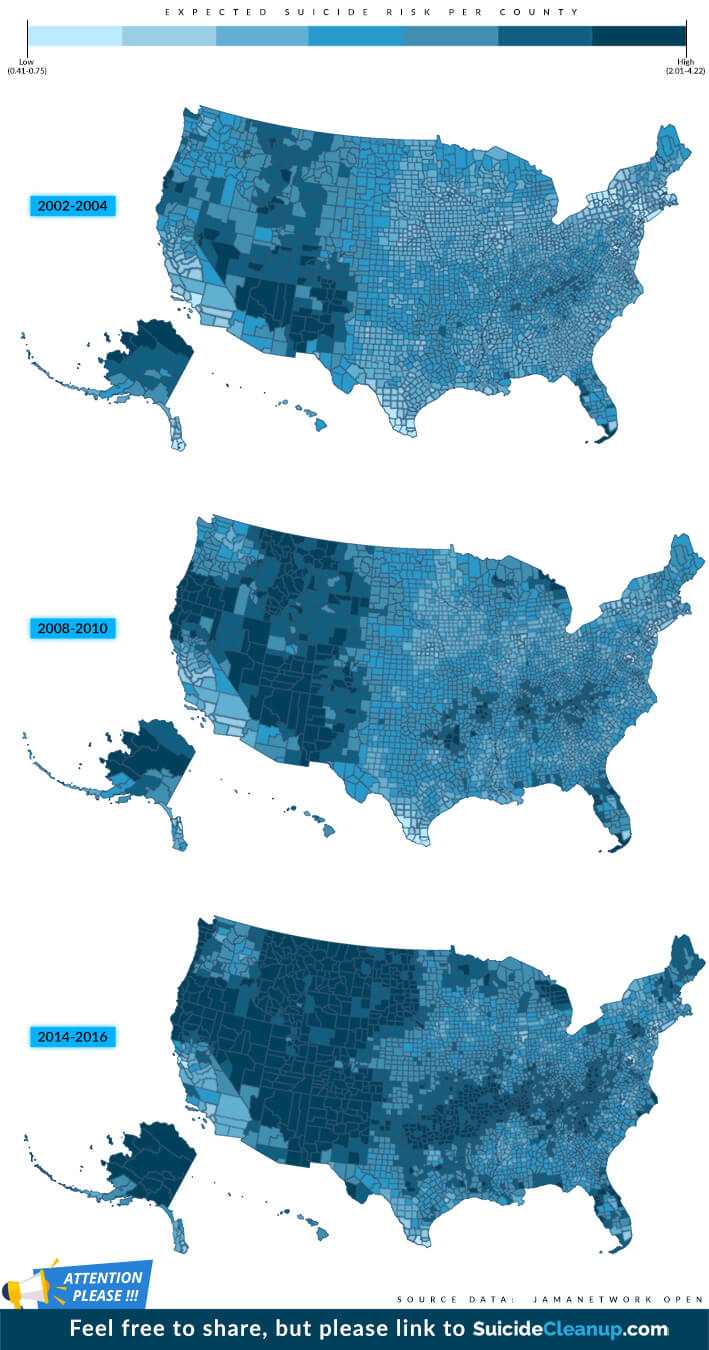
Expected Suicide Risk Per County. Incidents are highest in rural American counties, which also shows that risk increases in these counties as well. (Source: JAMANetwork Open)
As urban areas have started to decline, other areas are enduring a worsening epidemic. Between 2002 and 2016, rural and mountainous counties have seen over 25% suicidal deaths. The top states are included in this graph show a clear increase in the mountain states.
Looking Closer at the Possible Causes
As the most common weapon used in suicidal deaths, firearms certainly are an influence. However, they only paint part of the picture, especially when considering that rates were lower in the early 2000s, when gun control was less regulated. Which factors could be causing the recent increases? A few explanations examine the epidemic on the whole, but each area has unique factors that should be taken into consideration, especially when predicting what impact a new 988 designation will make.
Idaho
Despite a decline in recent years, the Potato State still maintains a rate double the national average. Aside from also being a part of a remote region in America, a few additional explanations for this may be:
- Above average high school dropout rates (2.8% above urban Idaho and 5% above the national average).
- 12.2% Idahoans are uninsured.
- Fewer primary care and mental health doctors.
- Obesity rates have increased by 14% in the past four years.
Alaska
By the end of 2016, at least 85% of Alaska was at the highest risk. Some possible theories:
- Alaska, like Hawaii, is isolated from the continental US.
- A lack of a dedicated health care provider affects 90% of the state.
- 15.6% is American Indian or Alaskan Inuit.
- 68% of the population is living in rural Alaska.
Utah
Utah is another significantly high risk state. Only two counties are at a slightly less risk, and it is hardly a significant margin. There are several possibilities for this:
- 9.7% do not have health insurance.
- 10% of the population is living in remote areas of Utah.
- Alarmingly, the poverty rate in these remote areas is also 10%.
- Most of Utah lacks mental health facilities.
Wyoming
It’s surprising Wyoming isn’t higher on this list. The state has the highest rate (29.8) in the entire country. Just between 2017 and 2018 alone, WY’s use of the national hotline increased from 2,236 calls to 4,234 (89%)! Some of the reasons why may be:
- Poor health habits resulting in depression/hopelessness (e.g. 31% have issues with insufficient sleep)
- 9.6% of WY have no health insurance.
- Poverty rates are 1.4% higher in remote areas than urban areas.
Like other mountainous states, there is also some speculation that WY’s higher than average altitudes may influence a lack of oxygen to the brain.
Montana
Montana, another mountainous state, also faces a higher than national average rate. In fact, in 2017 MT overtook WY as the worst at risk state. While rates have gone down, the region isn’t miraculously better. The theories behind this include:
- Heavy drinking culture.
- 23% residents reported one or two adverse childhood experiences.
- MT’s rural poverty rate is 12.7%.
News coverage incorrectly cite a lack of daylight as a risk factor. Actually, biopsychologists have found that the daylight adjustment from spring to winter is actually what interrupts sleep, which then raises the risk of suicidal ideation. An interesting fact: the CDC has found that MT has some of the best sufficient sleep rates in the country.
California
With 97% residents living in urban cities, California is certainly not an elusive location. How did it make the list? There are a few explanations why:
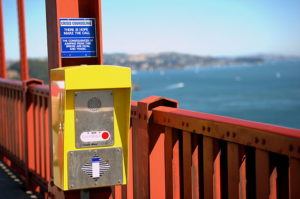
Above: A crisis hotline telephone installed on the Golden Gate Bridge in San Francisco, CA. (Photo Courtesy of Guillaume Paumier)
- Not enough primary care and mental health doctors to meet the demands of the state.
- Housing problems.
- Air pollution problems.
- 16% increase in fatal overdoses between 2018-2019.
West Virginia
“Mountain mama” has a host of unique problems, some of which are shared with the others above, and some that aren’t. While WV has lower rates than others on the list (18.4), the region has always had higher than average rates that continue to grow every year. Some potential factors may be:
- Unlike MT, WV’s insufficient sleep rate was 39.2% in 2021.
- 50.8% of the population is considered rural.
- 18.8% have multiple chronic health conditions, including arthritis, asthma, cancer, COPD, heart disease, and diabetes.
- 26.4% have been diagnosed with clinical depression.
WV has fewer widespread issues with uninsured populations (5.1) and 48% more health care facilities, but its rural poverty rate (16.9%) is higher than national average.
Oregon
Oregon’s reputation may not be in the public’s consciousness for its higher than average suicidal death rates, but its numbers are indeed double that of the national average. A few theories as to why:
- The poverty rate in remote areas can be up to 4% higher than other rural areas in the US.
- 18.7% live in remote areas of Oregon.
- 18.8% have severe housing problems.
- Like Idaho, high school graduation rates are 5% behind than the national average.
- Higher incidence of drug abuse (17%).
- 18.6% are over the age of 65+.
Nevada
It may be hard to imagine Las Vegas as anything other than “Sin City” but its reputation as “the suicide capital of America” is disturbingly true to its residents. Harvard conducted a 30 year study of Las Vegas’ rates and found that residents in Sin City are 50% more at risk than any other area in the nation. Some possible theories for its high risk:
- Mental distress has increased to 17.3% since 2018
- High rate of substance abuse.
- Inadequate mental health access and resources.
North Dakota
With 38% living in remote North Dakota, its location makes it a prime candidate for this list. A few additional factors may contribute, including:
- Prevalent drinking culture.
- 11% live in poverty.
- Fatal overdoses have increased 85% since 2014.
Are suicide hotlines helpful?
According to Lifeline, for every suicide, there’s 316 people that contemplate but do not follow through. Lifeline’s call volume has had a steady 11.6% annual increase from 2014 to 2020, implying that their hotline helps.
Organizations like Lifeline definitely exist to make a difference, but how is the suicide rate still rising in certain parts of America? If distance is the major issue individuals and families have from receiving help in remote areas, shouldn’t access to a 24/7 crisis hotline be helping?
Will the new suicide hotline number 988 help high risk areas?
Truly solving the issues requires a better understanding of how Lifeline works with the social, mental, economic, cultural, psychiatric, and environmental factors in each area.
A deeper analysis examining how the organization helps all these underlying factors is required. In extremely remote states like Wyoming, crisis center issues are obvious:
- Lawmakers are slow to enact plans.
- There are little to no mental health centers in the state (even at the time of writing, Lifeline’s website only lists 1-2 crisis centers in WY and UT).
- Calls get transferred to other states.
- Suicidal callers may have to wait up to an hour and a half and the call is likely dropped.
- In fact, between 2017 and 2018, 800 calls were unanswered or dropped.
- If or when the caller gets ahold of someone, the representative is out of state and unaware of what resources are available to the caller.
More readily available prevention and health resources are needed to these areas. Research to understand the what these areas need the most would also be helpful to an effective proposition.
Currently, however, with these issues still outstanding, it appears unlikely that a 3-digit designation will do much.
Methodology
We used Google Trends to gather search interest data for “suicide hotline” by region. Google Trends aggregates data based on actual volume to specific search topics and ranks the top interest from a region on a percentage system. We collected the top 10 states that have searched the term the most over the past 5 years.
We also collected per capita data available in the JAMANetwork Open public database to see if the regions with the most search interest gathered from Google Trends matched the states with highest suicide rates. The publication used residential data from the National Center for Health Statistics National Vital Statistics System to determine which regions had the worst rates.
Who Are We?
SuicideCleanup.com is a nationwide biohazard cleanup company with over 20 years experience helping families transition their lives and homes after a suicidal death. We’re here to make a difference. Beyond our services, we hope to educate and share awareness. Our website is full of informative resources like these: we urge you to take a look at our other articles and share. Spreading awareness of what data we have helps greatly. Being informed helps the individual and community know how to handle the situation before its too late.
Sharing can potentially help save lives, so please consider sharing our articles on your Facebook, Twitter, or Instagram. You may also source any information from these articles, so long as you credit our page accordingly. Thank you!
References
https://jamanetwork.com/journals/jamanetworkopen/fullarticle/2749451

